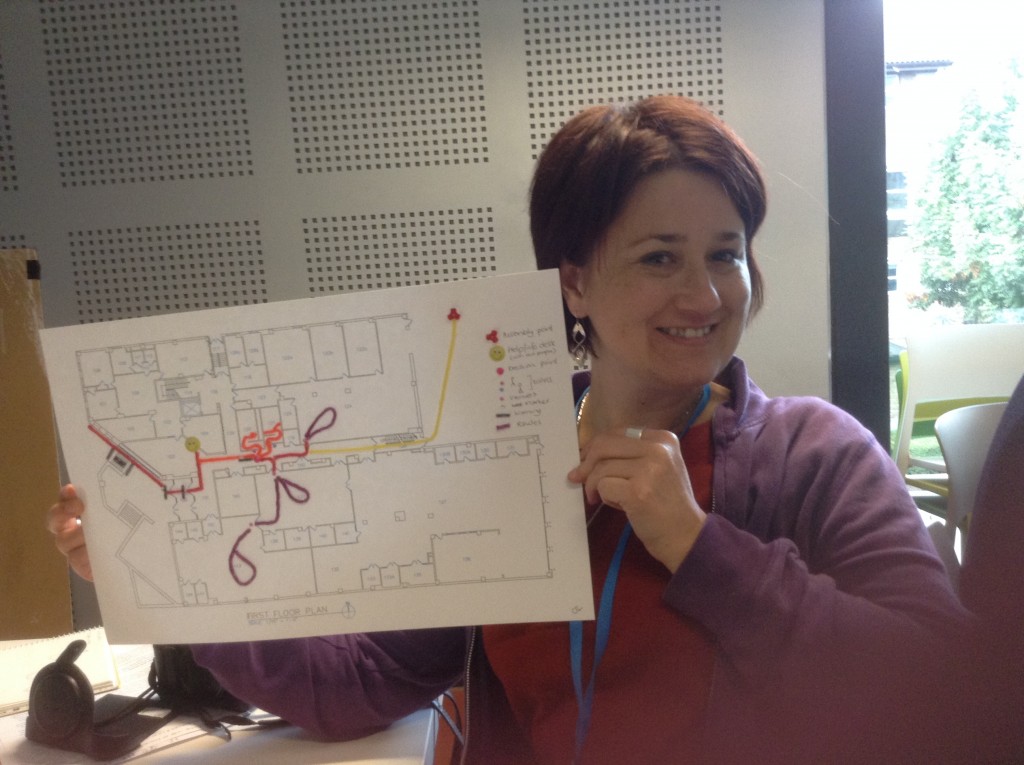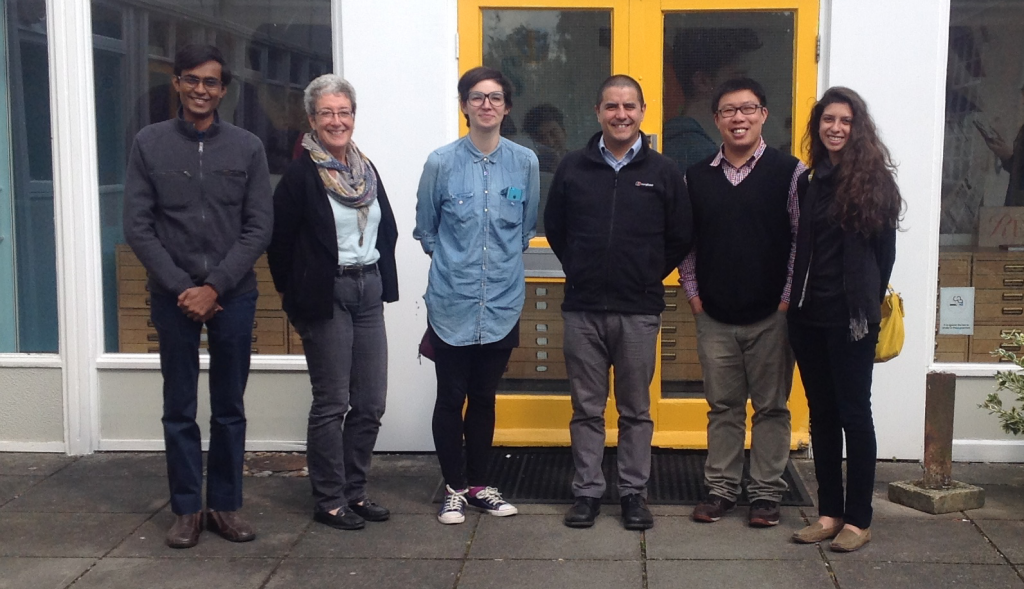This year we welcome seven new students to the MA Information Design programme. They are from all over the world: Arun Rajendran from India, Julia Castillo from Uruguay, May Chiang from Singapore, Wiktor Gawron from Poland, Abby Legge from the United States, Evelyn Nuñez Alayo from Peru, and Nora Stang from Norway. We are also joined by returning part-time student Hannah Matthews (UK) and MA Research student Darryl Lim (Singapore). Last week we had a welcome drinks and social where students from all four MA programmes mingled. This Tuesday we kicked off the term with a lively discussion of the role and responsibilities of an information designer, and a framework for evaluating information design. We look forward to exciting projects and research from this group of enthusiastic students.
-
Recent Posts
Recent Comments
Archives
- September 2018
- August 2018
- July 2018
- May 2018
- February 2018
- January 2018
- December 2017
- October 2017
- September 2017
- August 2017
- July 2017
- June 2017
- May 2017
- April 2017
- January 2017
- November 2016
- October 2016
- September 2016
- June 2016
- May 2016
- March 2016
- February 2016
- January 2016
- December 2015
- November 2015
- October 2015
- September 2015
- July 2015
- June 2015
- May 2015
- April 2015
- March 2015
- January 2015
- December 2014
- September 2014
- June 2014
- March 2014
- January 2014
- October 2013
- July 2013
- June 2013
- March 2013
- February 2013
- December 2012
- November 2012
- September 2012
- July 2012
- June 2012
- April 2012
- March 2012
Categories
Meta














Planning for Climate Change Conference
Spontaneous note-taking during the conference.
The Planning for Climate Change Conference on 25 of June at Southbank University presented a wide-ranging view of the challenges of preparing for, adapting to and mitigating the effects of climate change. There was particular emphasis on the role of water and impact of flooding in future climate change scenarios, with much to consider about the importance of informing and empowering at-risk individuals.
This communication theme was taken up by Stephanie Gooderidge (EDF) who reviewed the narratives associated with climate change in the media, and how these can either engage or discourage action, constrasting a science-based information model, which does not always lead to action, with more emotional approaches.
At the other end of the spectrum, participants from Royal HaskoningDHV described approaches to water engineering to mitigate flood hazards. Fola Ogunyoye illustrated use of a comprehensive urban strategy that incorporates water into the urban landscape (instead of trying to pump it out). Nanco Dolman showed work at Schiphol Airport (Amsterdam), which lies five meters below sea-level, to safeguard against floods and manage water quality more generally. These large-scale engineering projects also include a strong communications element (the picture below shows a source control poster developed for Schiphol staff).
Share this: